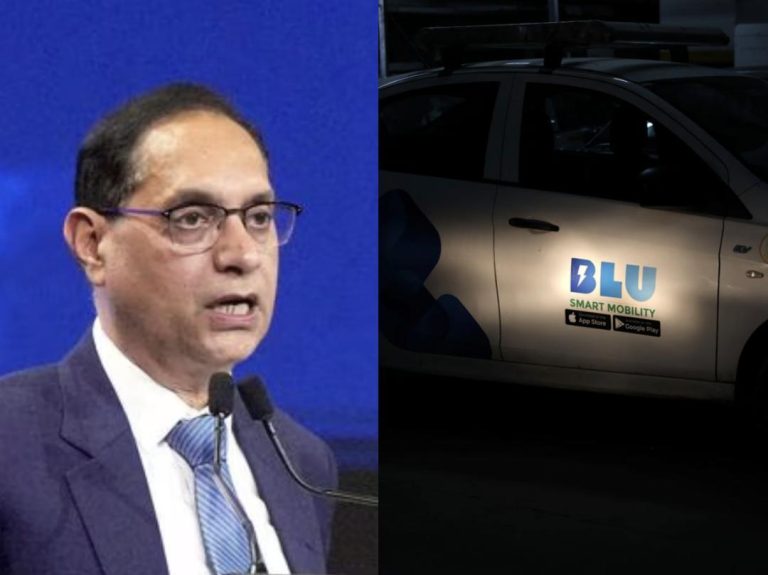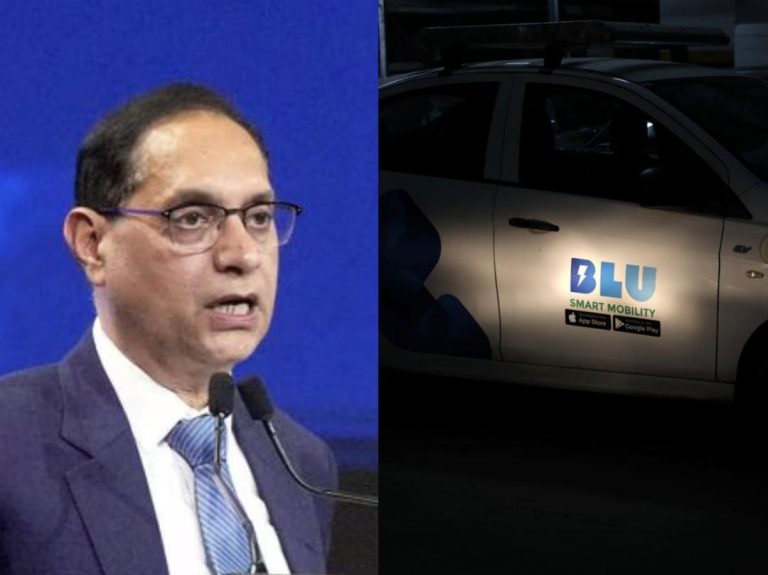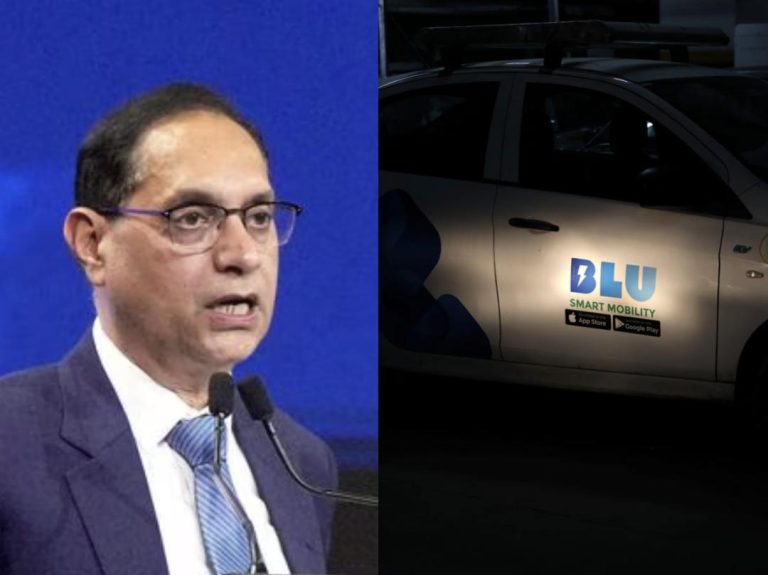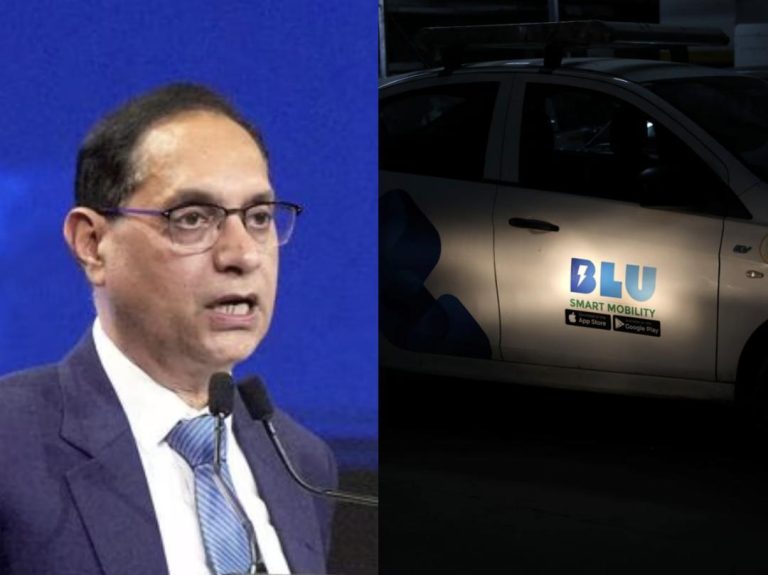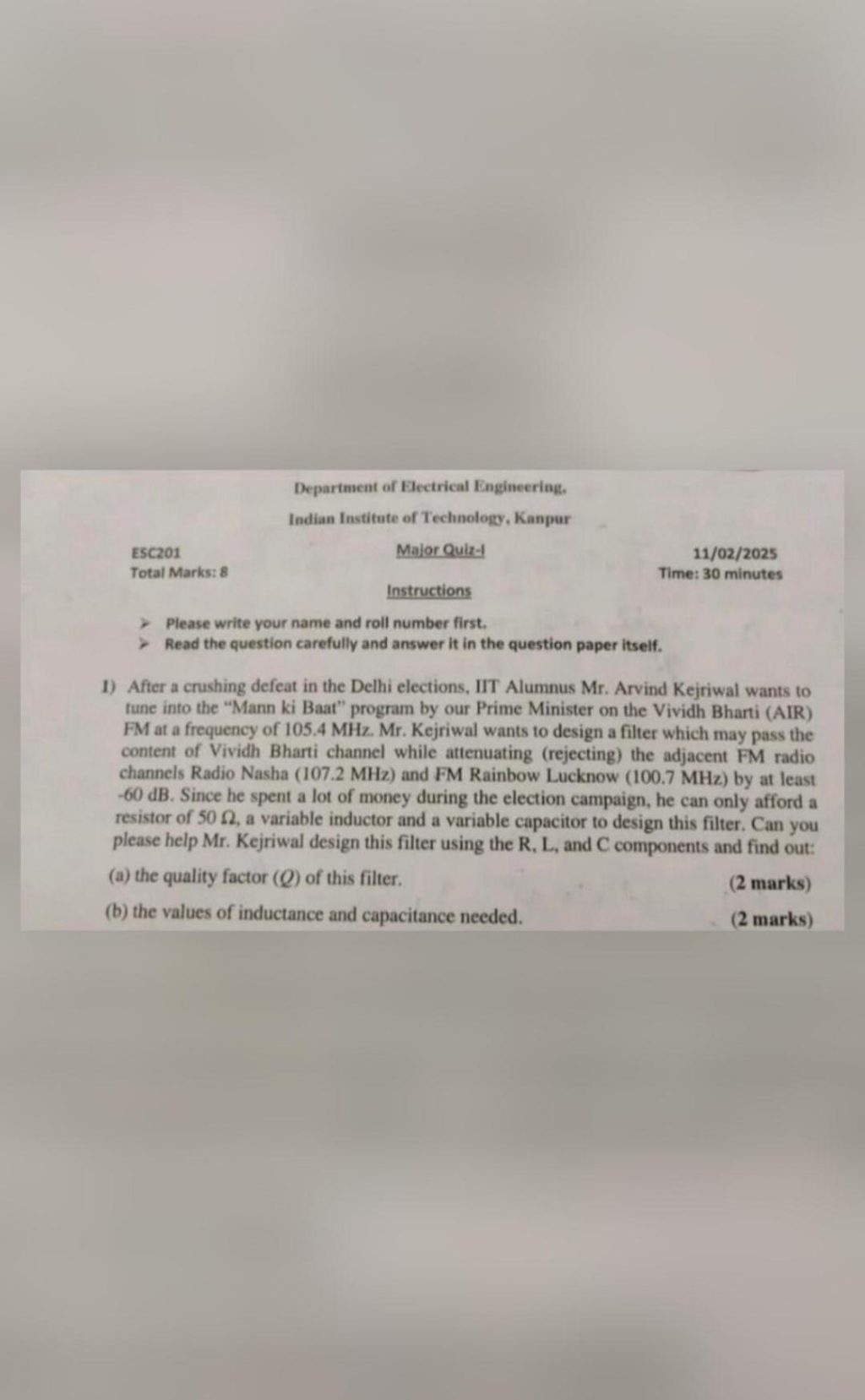
Wanted Exam to be More Engaging: IIT Kanpur on ‘Kejriwal & Mann Ki Baat’ Question
Recently, a question paper from the Indian Institute of Technology (IIT) Kanpur went viral, and it’s easy to see why. The question asked students to design a filter for Arvind Kejriwal, the Chief Minister of Delhi, to help him listen to Prime Minister Narendra Modi’s ‘Mann Ki Baat’ radio programme after his poll loss in the Delhi elections. The question paper was intended for the institute’s Bachelor of Technology (BTech) first-year students, and it’s a safe bet that it sparked a mix of reactions among students, faculty, and the general public.
The question paper, which was uploaded on the IIT Kanpur website, reads: “Design a filter for Arvind Kejriwal to help him tune into ‘Mann Ki Baat'”. The question is part of the institute’s course on Digital Signal Processing (DSP), which is a fundamental course for BTech students.
The question paper quickly went viral on social media, with many people expressing their surprise and amusement at the creativity of the question. The question was seen as a clever way to make the topic of DSP more engaging and relevant to current events.
However, not everyone was amused. Some people criticized the question for being too trivial and not relevant to the course material. Others felt that the question was an attempt to inject politics into the academic curriculum.
In response to the controversy, IIT Kanpur has clarified that the question was indeed real and not a hoax. The institute’s Director, Prof Abhay Karandikar, said that the professor who drafted the question paper likes to use “references to well-known personalities to make exam questions more engaging”. Karandikar added that the question was intended to be a “thought-provoking” exercise that would encourage students to think creatively about signal processing.
The controversy surrounding the question has sparked a wider discussion about the role of creativity and relevance in academic question papers. Many experts argue that question papers should be designed to be engaging and relevant to real-life situations, rather than simply testing students’ ability to recall dry facts.
In an era where students are constantly bombarded with information and stimuli, it’s more important than ever to make learning relevant and engaging. By incorporating real-life scenarios and references to well-known personalities, question papers can be made more interesting and memorable for students.
Of course, there are also those who argue that question papers should focus solely on the academic material, without any attempt to inject humor or relevance. For them, the question’s focus on Arvind Kejriwal and ‘Mann Ki Baat’ is a distraction from the real issue at hand – mastering the concepts of DSP.
Ultimately, the debate surrounding the IIT Kanpur question highlights the importance of finding a balance between creativity and relevance in academic question papers. While some may see the question as a clever way to make DSP more engaging, others may view it as a distraction from the core material.
As the academic community continues to grapple with the issue, one thing is clear – the IIT Kanpur question has sparked a wider conversation about the role of creativity and relevance in education. Whether you see the question as a clever attempt to make learning more engaging or a distraction from the core material, it’s hard to deny that it’s been a topic of conversation for many.
In conclusion, the IIT Kanpur question paper has sparked a fascinating debate about the role of creativity and relevance in academic question papers. While some may see the question as a clever way to make learning more engaging, others may view it as a distraction from the core material. Ultimately, the debate highlights the importance of finding a balance between creativity and relevance in education.



